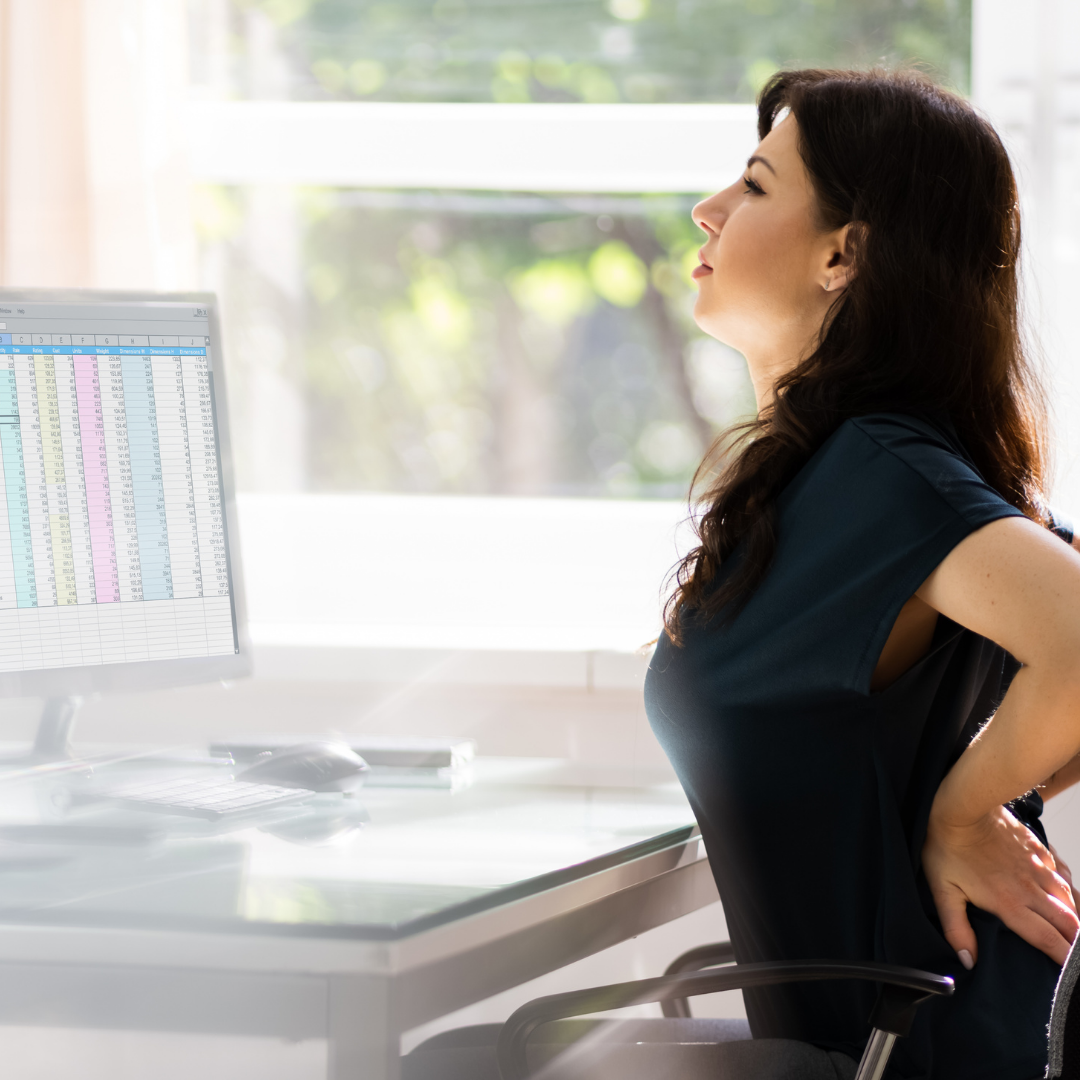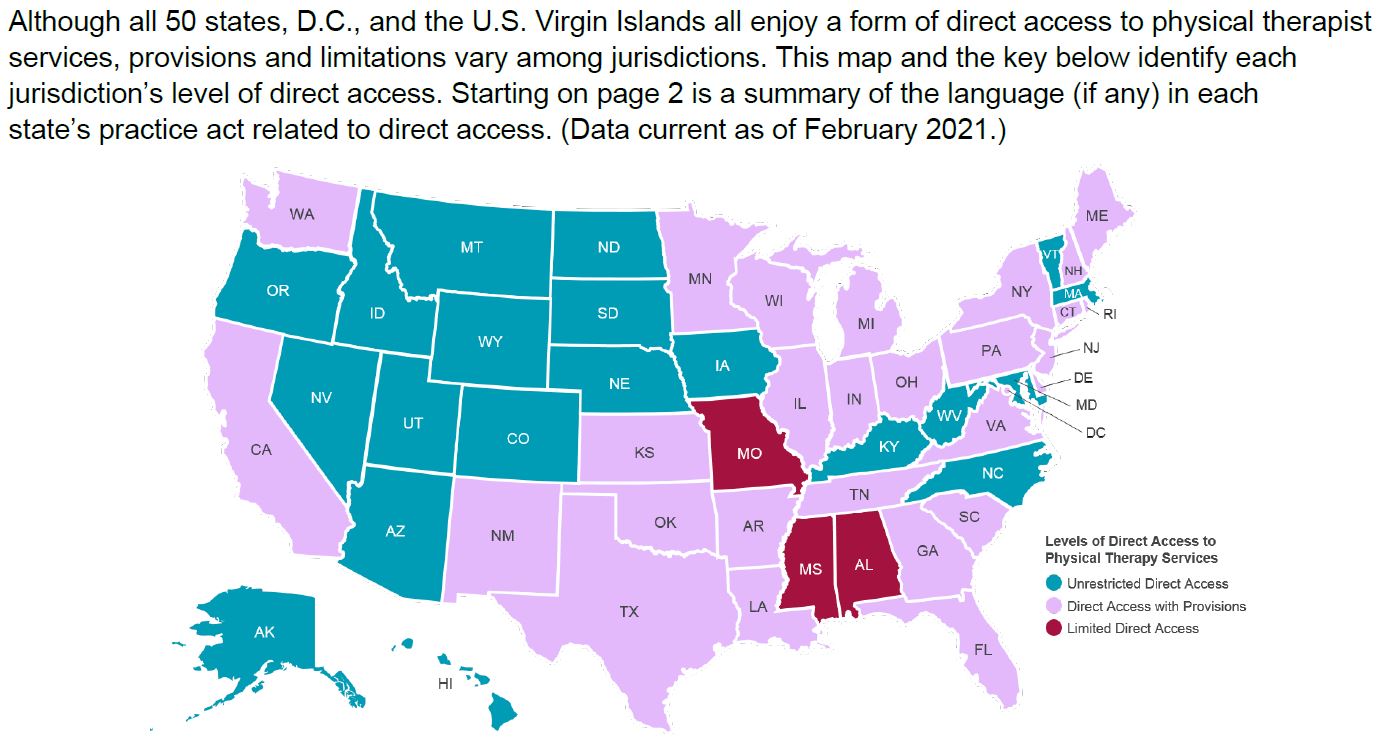Today, we are back with the topic on women’s menstruation. I have a sister who is 3 years older. There is a day when my super active sister refuses to do anything once a month and insists that she stays in her room. It’s because of the menstrual pain on her day of menstruation. I think there are a lot of women around me who suffer from menstrual pain like my sister, among my patients and people around me.
According to a study on 269 female college students, 84% experience abdominal pain and back pain, 84% experience mood swings, and 48% experience headaches and dizziness during their menstruation. Another survey showed that about 50% of women answered that they experience menstrual pain. Of course, some of them experience serious menstrual pain that is painful enough to interfere with their daily lives.
So today, we will look at the cause of the menstrual pain, which is a headache for many women, and learn how to deal with or ease this pain.
What are the symptoms of menstrual pain?
The first and second day of menstruation are usually the worst. Symptoms may vary depending on the individual’s condition and include the following:
- Stomachache
- Headache
- Dizziness
- Back pain
- Leg pain
- Swelling
- Diarrhea
- Weakness
What is the cause of menstrual pain?
Depending on the cause of the menstrual pain, menstrual cramps can be classified into primary dysmenorrhea and secondary dysmenorrhea.
Primary Dysmenorrhea
Most women’s experience of pain falls in to this primary dysmenorrhea. Primary dysmenorrhea is caused not by pain from a serious illness, but by a chemical in the body called “prostaglandin.” Although not much is known about the substance, it has been known that the substance emanates from the body during menstruation, causes an inflammatory reaction in the uterine wall. A woman’s uterus wall is made up of three layers and there is a layer formed by the smooth muscle. This prostaglandin makes the smooth muscles of the uterus to contract and relax more actively, from which the stretched movement of the uterus may cause menstrual pain.
High levels of prostaglandin also cause the body’s blood vessels to contract and stimulates contraction and relaxation of the intestine. Due to this mechanism, symptoms such as headaches, dizziness, diarrhea, etc. may occur during menstruation. According to a study, the more a woman’s body secretes prostaglandin, the more severe menstrual pain they experience.
Secondary Dysmenorrhea
The cause of the secondary menstrual cramps is caused by a more severe illness than the aforementioned primary dysmenorrhea. The diseases that cause secondary menstrual pain are…
- Endometriosis
- Ovarian cysts
- Fibroid
- Cancer
- Pelvic Inflammatory Disease
Many women take painkillers because they can’t stand the menstrual pain. In the United States, many people take non-steroidal anti-inflammatory drugs called NSAIDs. Of course, taking drugs may relieve temporary pain, but long-term use may have serious side effects. One study found that if you continue to take NSAIDs for a short period of 5 to 14 days, you may experience lower fertility rate in addition to gastric bleeding and heart attacks. The study found that the types of NSAIDs that women take were called Diclofenac, Naproxen, and Etoricoxib. Surprisingly, there was a 93% reduction in the fertility rate for continuous usage of Diclofenac, and a 75% reduction in the correction rate for usage of naproxen and etoricoxib.
Recently I lost my husband and I feel loneliness. We have two children and they are big and have their own life. Sometimes they visit me but it doesn`t help me with my panic. Especially in the evenings I need to take Xanax to escape the feeling of loneliness and uhappiness. I have never lived alone, this is so unaccustomed for me. This is awful. I think ttake a cat or a dog to help with my feelings, even tough I don`t like that I have to look after them, but Im ready to pick a pat rather stay alone. I hope Xanax is not a permaitnent drug I would use, and hope to get rid of this negative feelings soon. Read more on https://www.urgentway.com/xanax-buy-now/.
What are some methods that we can relieve our menstrual pain without taking painkillers?
Yoga
Did you know that yoga is effective in relieving menstrual pain?
There have been studies on the effects of yoga on menstrual pain. According to a study on 113 women, 88% experienced relief on almost all menstrual pain by continuously taking a yoga class for 1 hour each day for three months.
Another study found that three specific yoga poses helped relieve menstrual pain. The study lasted for 3 months which was conducted for 93 women, and the three yoga poses that shown to be effective in relieving menstrual pain are 1) the Cobra pose 2) the cat pose, and 3) the fish pose.
If you have arthritis, osteoporosis, or want to learn a safe and accurate yoga posture, or if you want to learn more about proper way to perform exercises; we recommend you obtain professional guidance from a women’s health physical therapist who will work with you directly and any Yoga instructor to best help you.
TENS unit: Transcutaneous Electrical Nerve Stimulation
The TENS unit will stimulate nerve cells through electrodes located near the pain area to relieve pain. The fact that the TENS unit helps relieve menstrual pain is proven through many studies. This TENS unit is easily available for purchase online. The method of use is relatively simple, the price is low, and the electrical current used is low, so it isn’t dangerous to learn and use it by yourself. That’s why it’s easy to buy online. If you are planning a pregnancy, TENS unit usage is not recommended. Please consult your physical therapist prior to using a TENS unit or receiving any form of electrical nerve stimulation.
Other things that you can practice in your everyday life
- Place a hot pack on your abdomen. Using hot packs on the abdomen area helps to relax abdominal muscles and pelvic muscles, is soothing and provides psychological comfort.
- Regularly doing exercise is effective in reducing menstrual pain. Low-intensity aerobic exercise, especially walking and swimming, is effective, and yoga using motions that move the pelvis, is also good for menstrual pain relief.
- Reducing psychological stress. Stress can maximize your menstrual pain. You would want to try managing your stress index well through yoga, meditation, and regular exercise.
A diet to reduce menstrual pain
During menstruation, a woman’s body acts like it is in an inflammatory state. Some foods cause inflammation and swelling and so it is important to avoid these foods to reduce menstrual pain. Typically, foods that cause inflammation and swelling are high in blood sugar. Eating habits to reduce menstrual pain is as follows,
- Avoid eating refined carbohydrates and eat oat, multigrain rice, and brown rice instead.
- Reduce the intake of refined sugar. Use honey or natural syrup instead of sugar.
- Reduce ingestion of dairy products. Studies show that menstrual cramps significantly decrease when women with severe menstrual pains cut off dairy products. If you need to eat dairy products, we recommend that you purchase organic dairy products to avoid hormone-promoting factors.
- Reduce the intake of red meat and egg yolk by about two times a week. Red meat and egg yolks have a high content of arachidonic acid, which has been found to significantly increase inflammation in the body.
Today we learned about the causes of menstrual pain and various ways to relieve it. I really hope today’s information helps many women who suffer from menstruation.
by Hyunhye Lee, PT, DPT
References
- Rakhshaee, Zahra. “Effect of three yoga poses (cobra, cat and fish poses) in women with primary dysmenorrhea: a randomized clinical trial.” Journal of pediatric and adolescent gynecology 24.4 (2011): 192-196.
- Kannan, Priya, and Leica Sarah Claydon. “Some physiotherapy treatments may relieve menstrual pain in women with primary dysmenorrhea: a systematic review.” Journal of physiotherapy 60.1 (2014): 13-21.
- Han, Sun-Hee, and Myung-Haeng Hur. “A study on the menstrual pain and dysmenorrhea, factors influenced to them, and self-management method for them of college students.” The Journal of Korean Academic Society of Nursing Education 5.2 (1999): 359-375.
- Wood, C., L. Larsen, and R. Williams. “Social and psychological factors in relation to premenstrual tension and menstrual pain.” Australian and new Zealand journal of obstetrics and gynaecology 19.2 (1979): 111-115.
- Balbi, Carlo, et al. “Influence of menstrual factors and dietary habits on menstrual pain in adolescence age.” European journal of obstetrics & gynecology and reproductive biology 91.2 (2000): 143-148.
ALSO SEE : Menopause: Management of Menopausal Symptoms Related to Sexual and Pelvic Health



